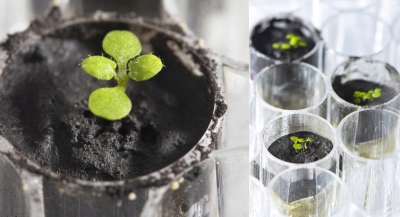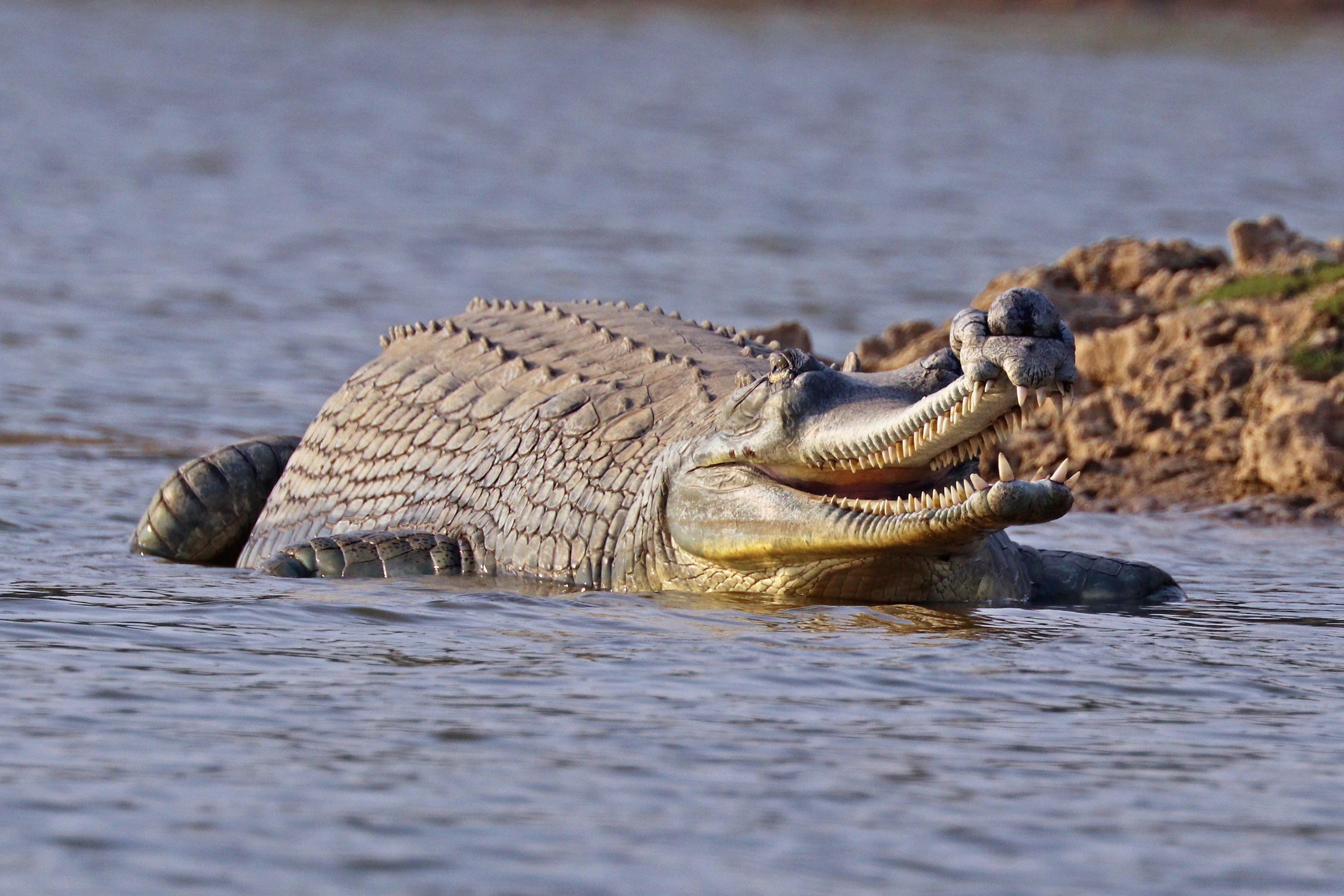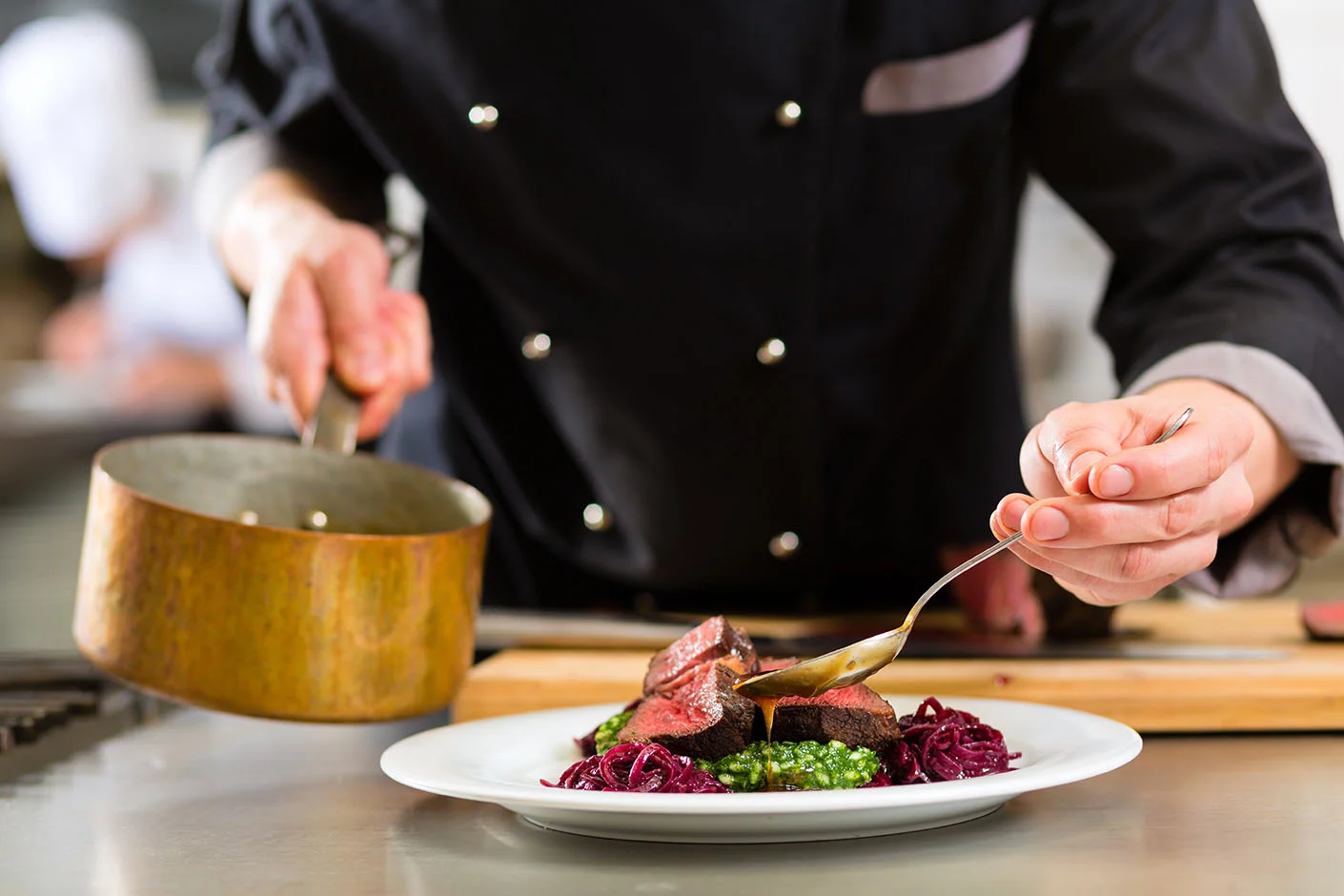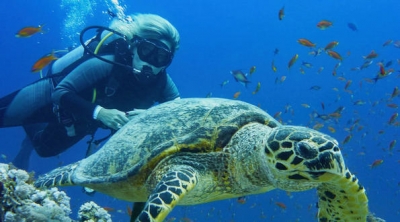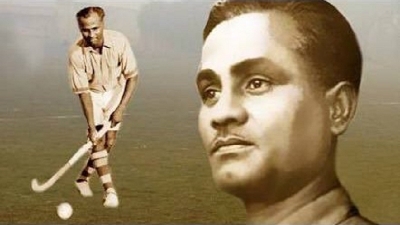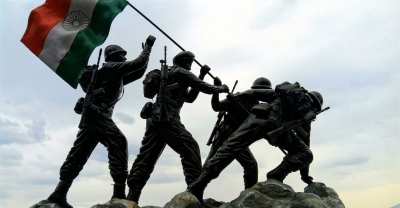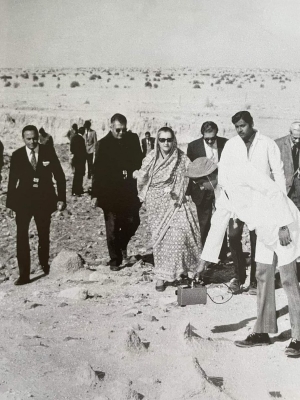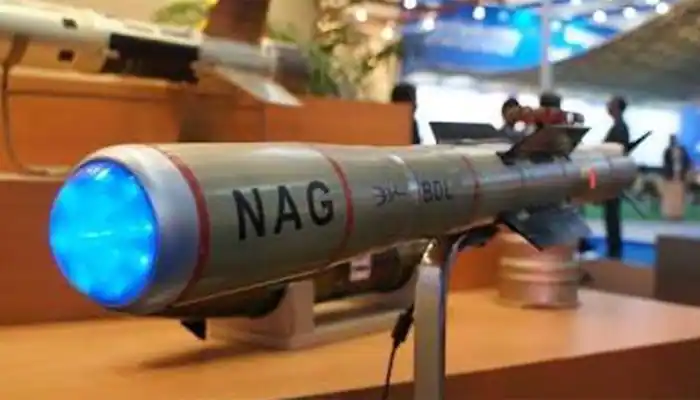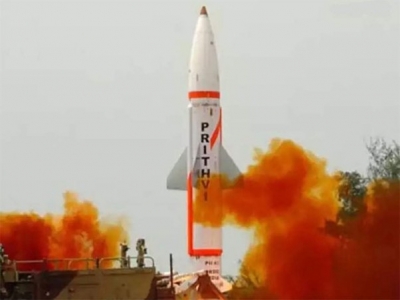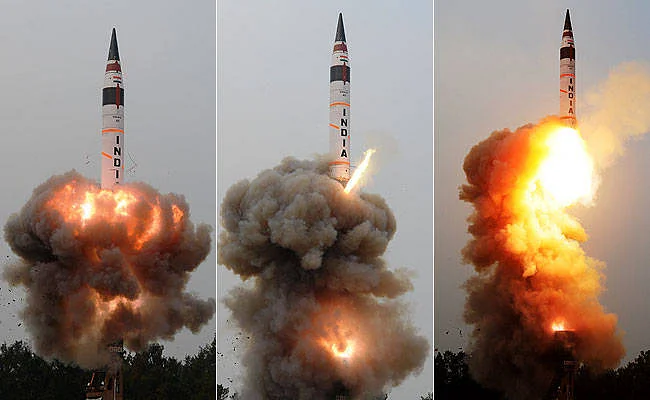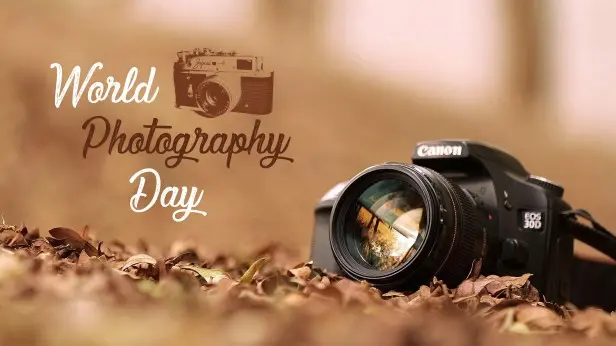
Celebrating these qualities of the art form, World Photography Day is observed annually on August 19. The day celebrates the art of clicking pictures, the technology behind it, and its history.
A picture speaks more than a thousand words. This is an old phrase that has immense truth in it. An image is not a mere frame or composition, but a reality. Today, people are crazy about taking photographs and want to share them instantly on Facebook Stories, Instagram Reels or WhatsApp Status. When we take an image, we also capture the reality which turns into a historical reality in the future. Thus, every image can create history.
All of us are potential photographers; the art of photography is innate in each one of us. We need to bring out that talent and move towards potential photography to become professional photographers. It becomes a reality when we keep practising. In this article, I would like to share my experience as a mobile photographer (pocket filmmaker) on how you can capture a realistic photograph.
How to handle a smartphone camera.
1. Clean the camera lens properly so that the image is clear.
2. Focus properly, because the clarity of the image depends on your focus.
3. Keep your hands steady so that motion blur can be avoided.
4. Always use the rear or back camera as back cameras have higher pixels.
5. Never use the zoom technique to avoid the loss of pixels.
6. Turn on your HDR (High Dynamic Range) mode.
7. Composition of the image is very important.
8. Always take multiple shots so that you can choose the best one.
9. Make the shot dramatic and attractive while composing.
10. Post-process your images before sending them to digital platforms. Use editing tools to enhance images.
Know your smartphone and camera
Having a smartphone is not sufficient, we need to know how to use it smartly. Be aware of the capacity of the camera that you have. To take a good photo, adjust the camera settings of the smartphone.
Quality of the mobile camera: By default, it will be set to medium quality. We need to set the camera at its best quality by adjusting the maximum pixels of your came 24MP, 44MP, 64MP, etc.
Grid Lines: Grid lines are very important in photography. Keep the grid lines on while taking photographs. It will help you take good photos using the rule of one third.
Frame Ratio: Frame ratio is the height and width of the photograph. The frame ratio for a good quality photo is 16:9 or 4:3. Never set the full screen mode.
Auto Mode: Initially, try taking photographs with auto mode. Auto mode adjusts itself with the surroundings in terms of light. Light is very important in photography. Auto mode reduces your risk of misjudging the light.
Guidelines for a good composition
Photography depicts the creativity of a person. Keep these guidelines in mind while taking photos:
1. The first golden rule is to avoid cuts at the joints of our body. One can cut in between the joint or just above or below the joints of the subject.
2. Pay attention to the breathing space. There should be sufficient space at the headroom and the same space to the right and left of the image. Reduce the negative ground (background); keep more positive ground (foreground).
3. Follow the rule of one-third and make it dramatic.
4. Identify the leading lines in the photograph especially when the photograph is taken at a park, road or building.
5. While taking a group picture, the main subject must be at the centre of focus based on the expression or feeling.
6. There should be a depth meaning or story in the photograph. So, keep up the angles of the shot (low angle, high angle, eye level, overhead shot, undershot, etc.)
Post-processing of images
It's not just about taking the photograph, we need to give life to it as well. That happens when we post process the images. There are so many mobile applications such as LightRoom, SnapSeed, PicsArt, etc., in which we can edit or correct our mistakes. LightRoom and SnapSeed are the best apps for simple editing. In these apps, we can determine the exposure as a whole or part of the image. In editing, mostly we focus on the composition and exposure.
As I said earlier, a photo speaks more than thousands of words. When you hold your smartphone in your hand, you must capture an image that speaks a million words. Your photo should create a history, tell a story, convey a message, and bring out the feelings of the creator.
